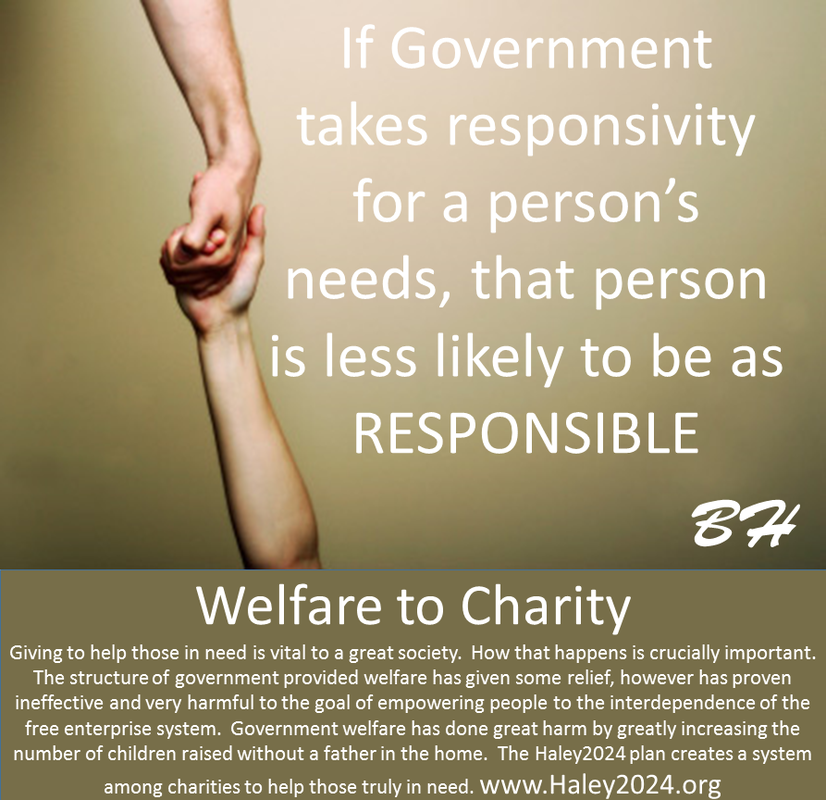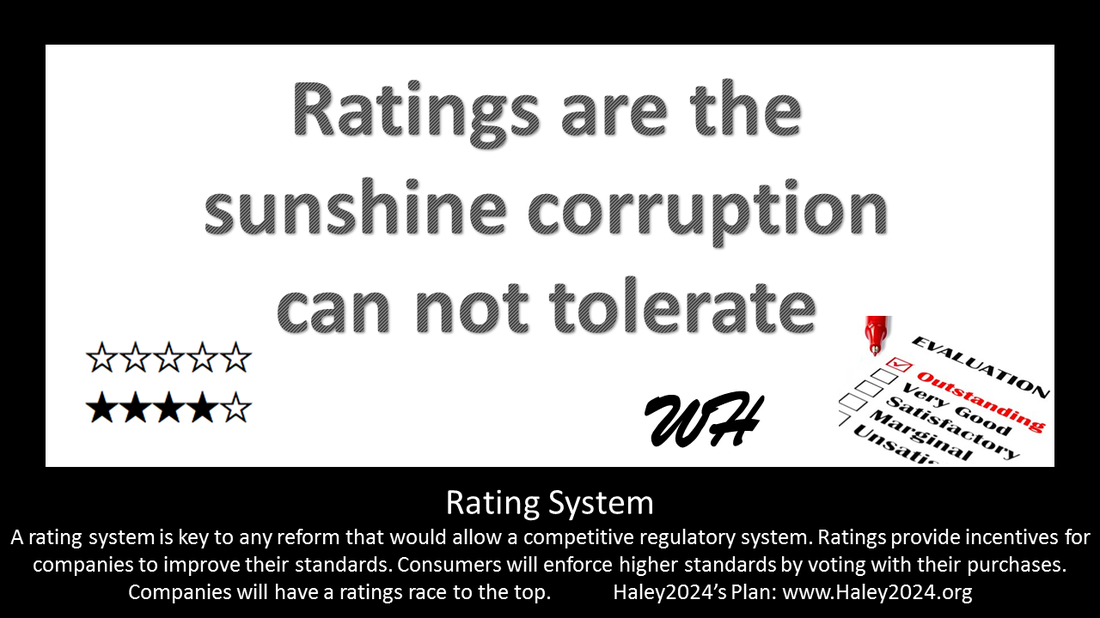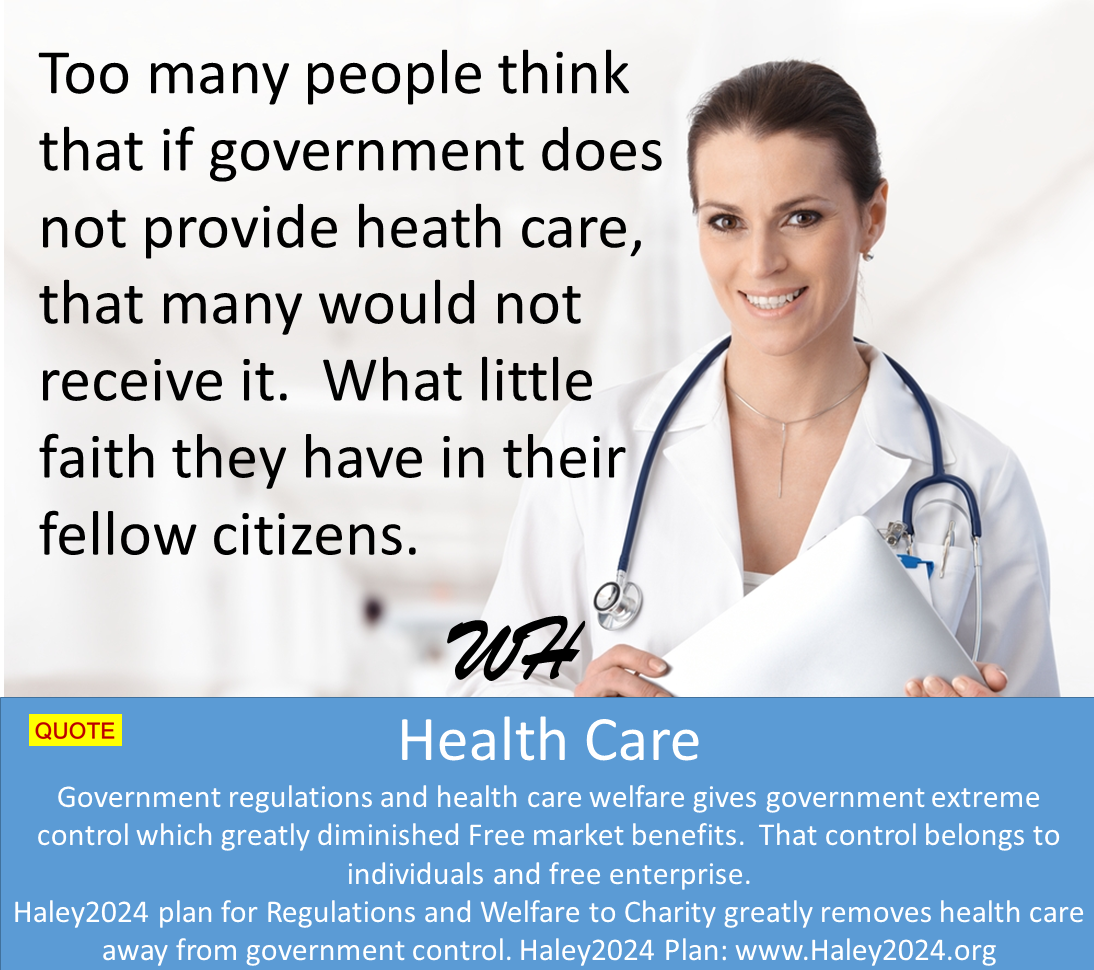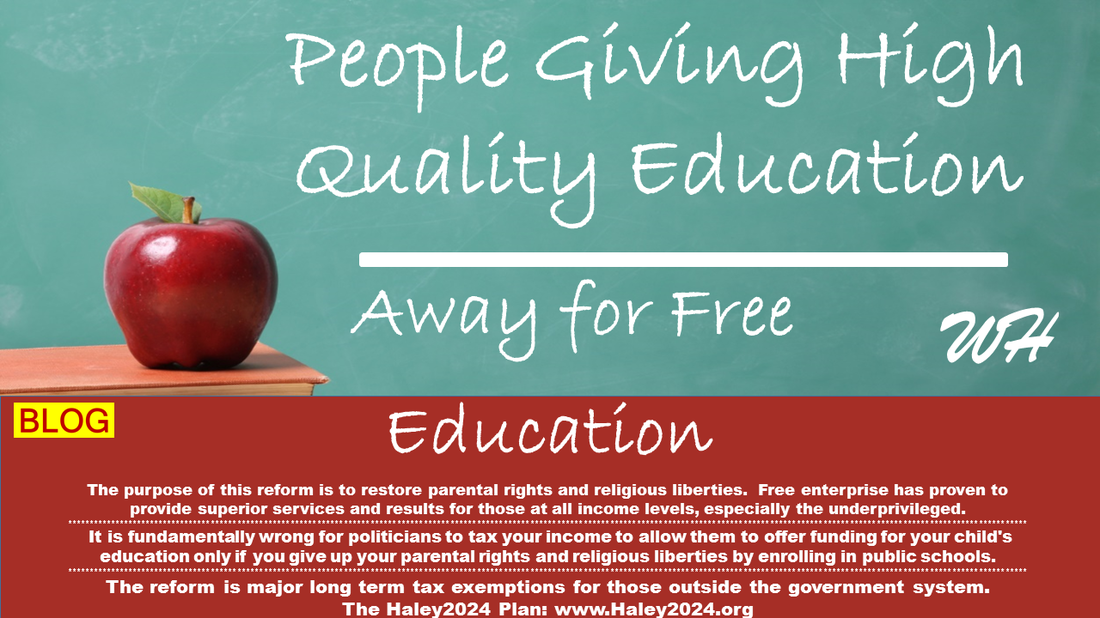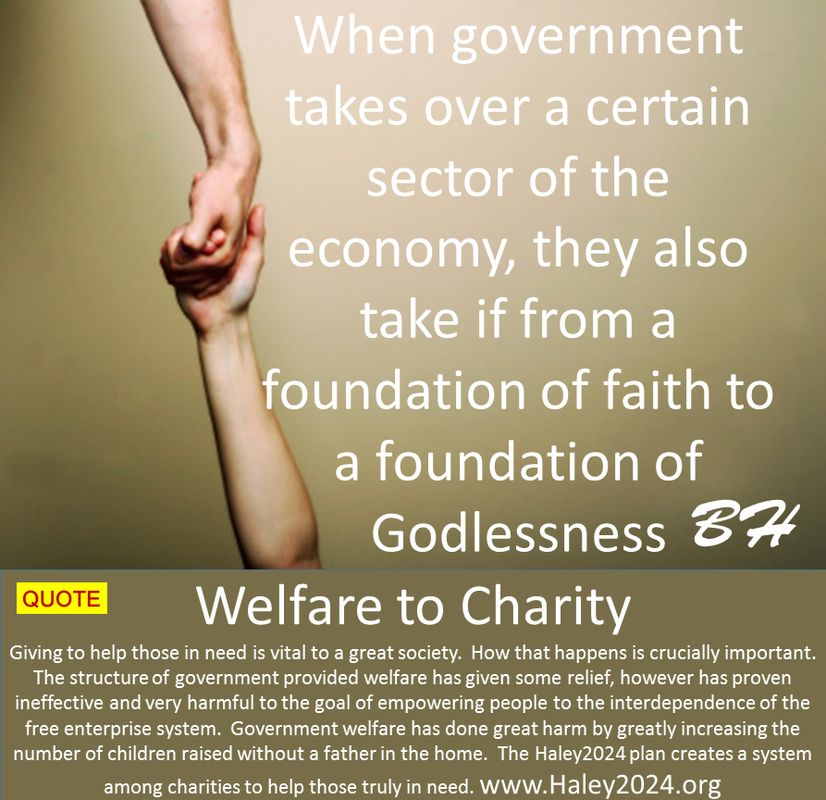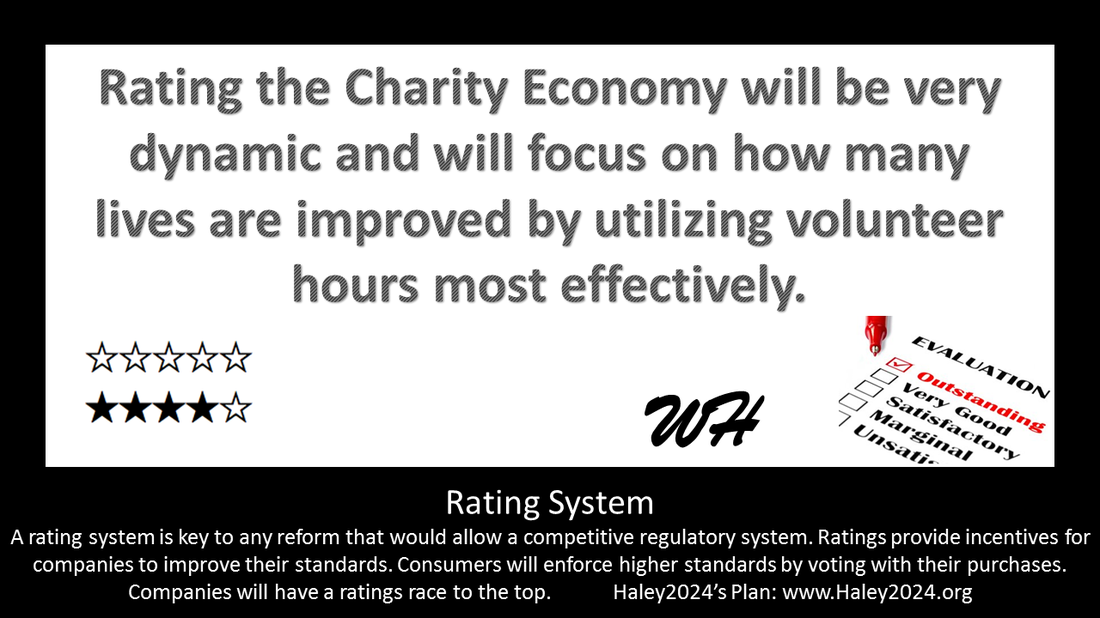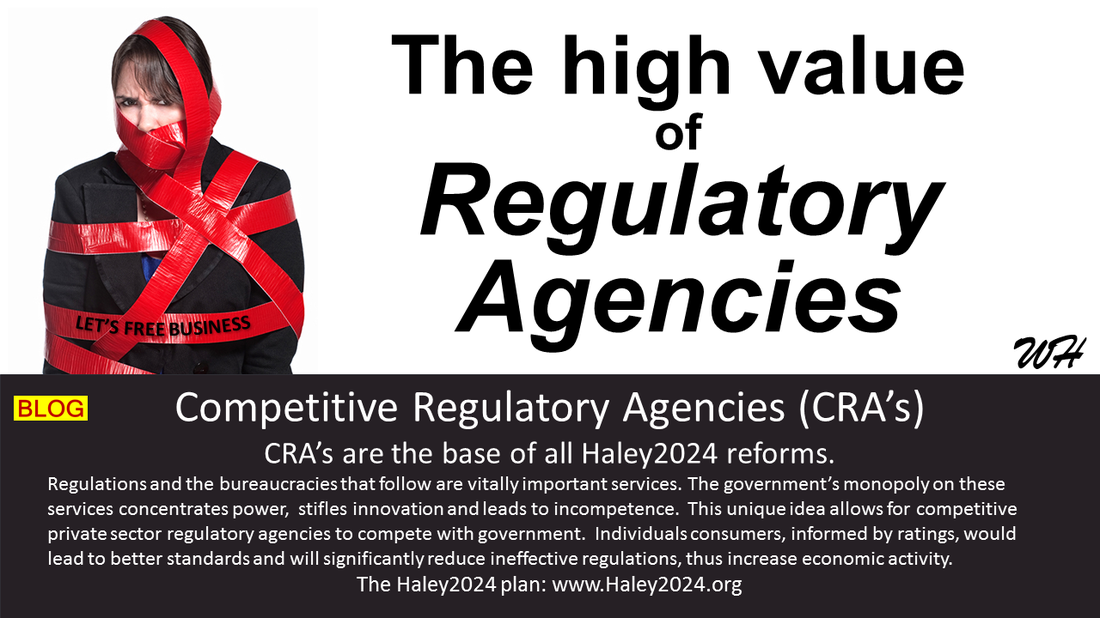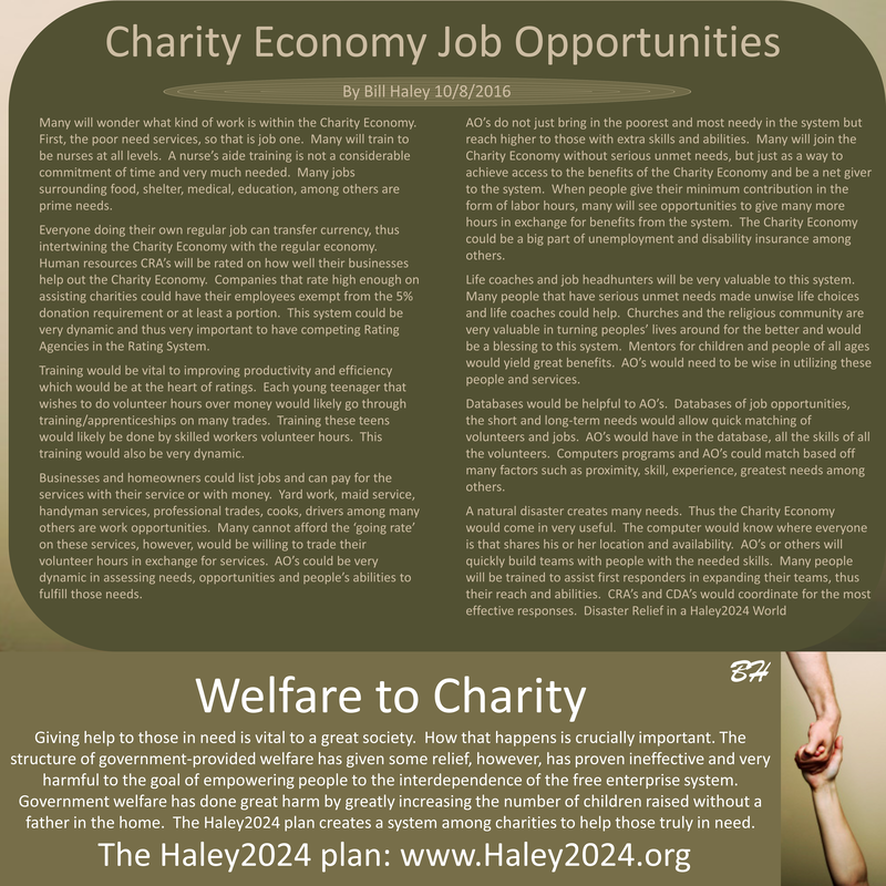| Many will wonder what kind of work is within the Charity Economy. First, the poor need services, so that is job one. Many will train to be nurses at all levels. A nurse’s aide training is not a considerable commitment of time and very much needed. Many jobs surrounding food, shelter, medical, education, among others are prime needs. |
| Everyone doing their own regular job can transfer currency, thus intertwining the Charity Economy with the regular economy. Human resources CRA’s will be rated on how well their businesses help out the Charity Economy. Companies that rate high enough on assisting charities could have their employees exempt from the 5% donation requirement or at least a portion. This system could be very dynamic and thus very important to have competing Rating Agencies in the Rating System. |
| Training would be vital to improving productivity and efficiency which would be at the heart of ratings. Each young teenager that wishes to do volunteer hours over money would likely go through training/apprenticeships on many trades. Training these teens would likely be done by skilled workers volunteer hours. This training would also be very dynamic. |
| Businesses and homeowners could list jobs and can pay for the services with their service or with money. Yard work, maid service, handyman services, professional trades, cooks, drivers among many others are work opportunities. Many cannot afford the ‘going rate’ on these services, however, would be willing to trade their volunteer hours in exchange for services. AO’s could be very dynamic in assessing needs, opportunities and people’s abilities to fulfill those needs. |
| AO’s do not just bring in the poorest and most needy in the system but reach higher to those with extra skills and abilities. Many will join the Charity Economy without serious unmet needs, but just as a way to achieve access to the benefits of the Charity Economy and be a net giver to the system. When people give their minimum contribution in the form of labor hours, many will see opportunities to give many more hours in exchange for benefits from the system. The Charity Economy could be a big part of unemployment and disability insurance among others. |
| Life coaches and job headhunters will be very valuable to this system. Many people that have serious unmet needs made unwise life choices and life coaches could help. Churches and the religious community are very valuable in turning peoples’ lives around for the better and would be a blessing to this system. Mentors for children and people of all ages would yield great benefits. AO’s would need to be wise in utilizing these people and services. |
| Databases would be helpful to AO’s. Databases of job opportunities, the short and long-term needs would allow quick matching of volunteers and jobs. AO’s would have in the database, all the skills of all the volunteers. Computers programs and AO’s could match based off many factors such as proximity, skill, experience, greatest needs among others. |
| A natural disaster creates many needs. Thus the Charity Economy would come in very useful. The computer would know where everyone is that shares his or her location and availability. AO’s or others will quickly build teams with people with the needed skills. Many people will be trained to assist first responders in expanding their teams, thus their reach and abilities. CRA’s and CDA’s would coordinate for the most effective responses. Disaster Relief in a Haley2024 World |


